It is called the American Flag
A friend once asked me – What other places in America have you been? My answer was something like – I’ve been to Costa Rica, Ecuador, Cuba… Obviously I misunderstood…
Considering that North and South America are made up of many countries, I’ve never felt comfortable using the word ‘America’ in reference to the United States and ‘American’ in reference to the country’s people. Now having lived in the U.S. for a while I have begun to understand this push towards the U.S. as America. Being immersed in an American landscape has affected my way of thinking just as it does to its own citizens.
My project, It is called the American Flag, came about as a reflection on the concept of “being American” and how U.S. citizens exude American-ness in their everyday landscapes. I started by selecting the four different neighborhoods in Rochester, NY where I used to live. Touring around these areas, I collected American Flags as seen from the street. Underlining the different ways that our environment is shaped, my project addresses how we influence our environments and in turn how they influence us. A long time ago, I noticed the frequency of American flags hanging outside of people’s homes. At the time I didn’t give this observation much thought because subconsciously I think we sometimes avoid seeing and connecting with people who are different from us.
An American Flag can represent many things. It can be a symbol of loyalty to the current White House Administration and a belief in white supremacy. But at the same time it can be a display of liberal beliefs – a flag that represents all the different ethnicities, skin colors, genders, and sexual preferences of the U.S. And of course it can represent anything in-between. Hanging a flag outside your home is a bold statement that represents your core values.
The images of, It is called the American Flag, attempts to weave a net between different American ideologies by examining my own neighbors. My hope is that this project encourages people to reach outside their comfort zone and connect with each other on a local level. It is through this type of interaction that we can begin to understand our differences and truly take a look at what it means to be American.
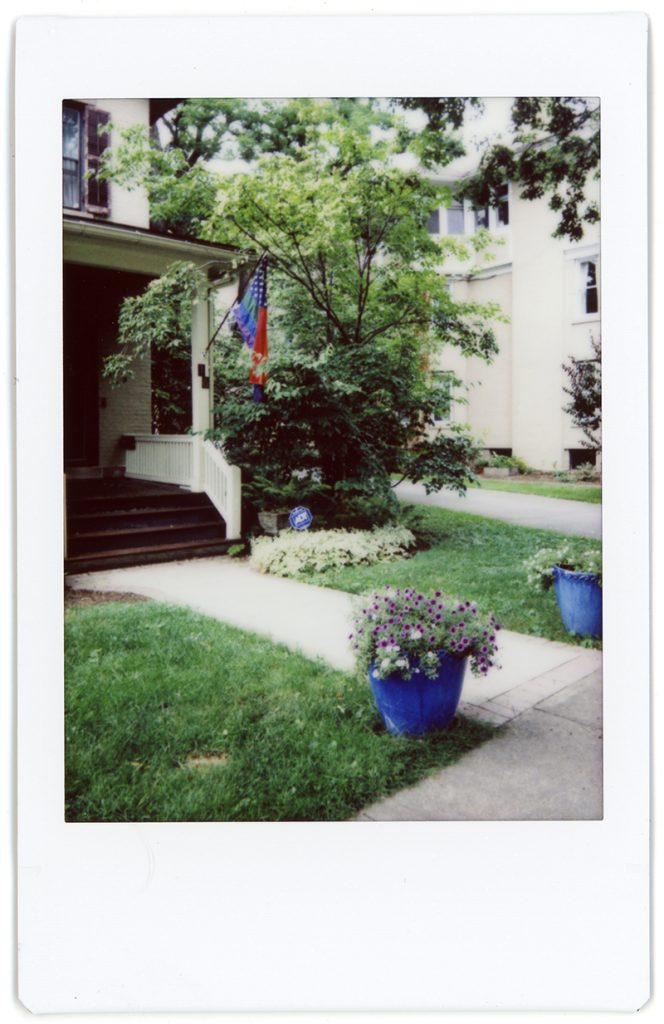



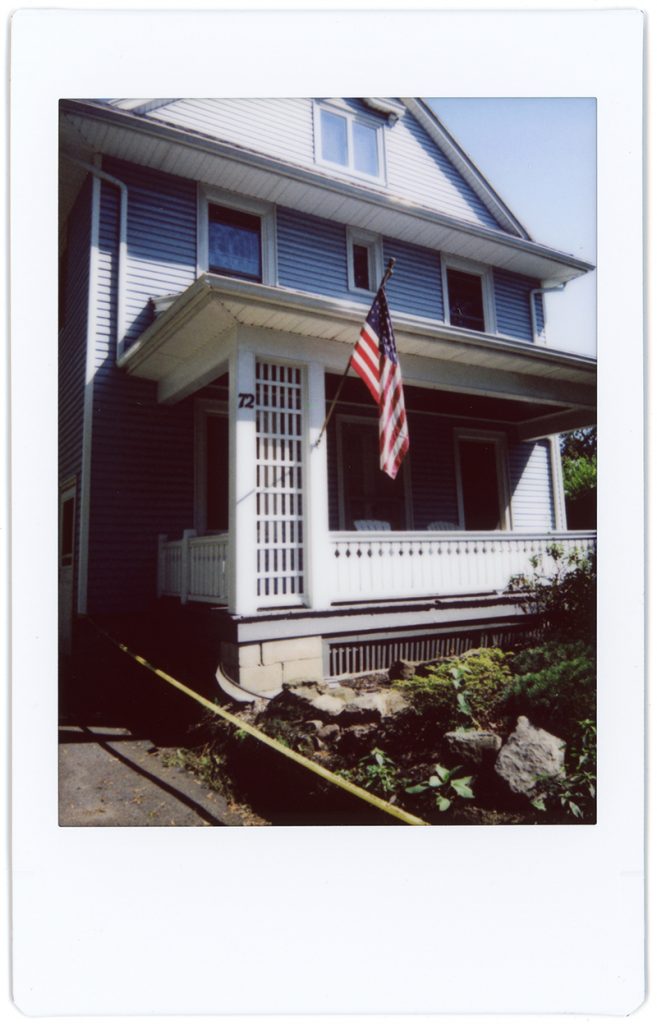
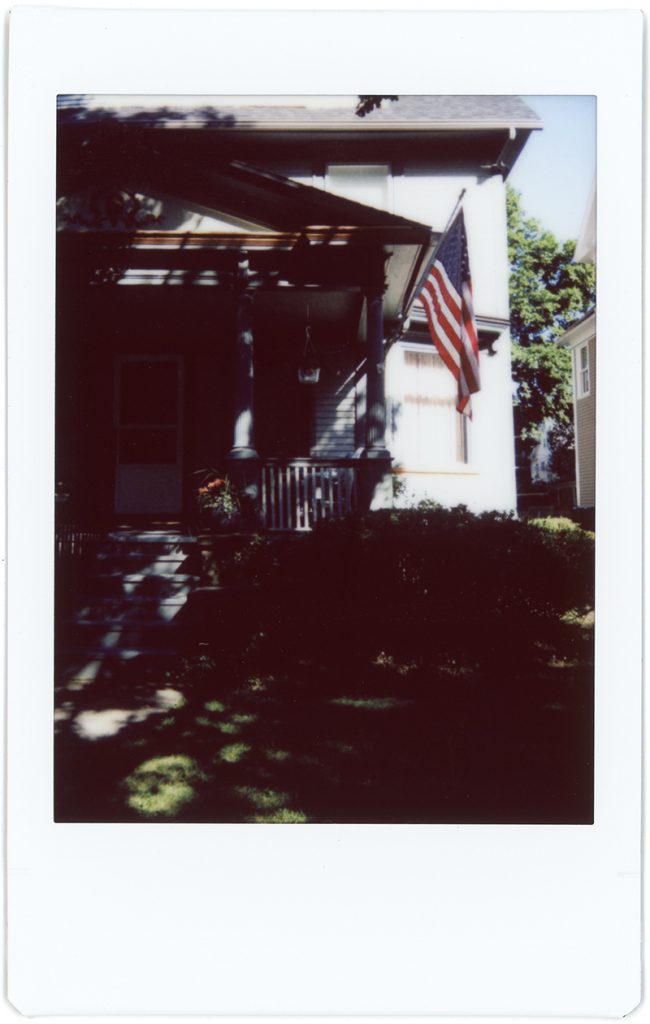


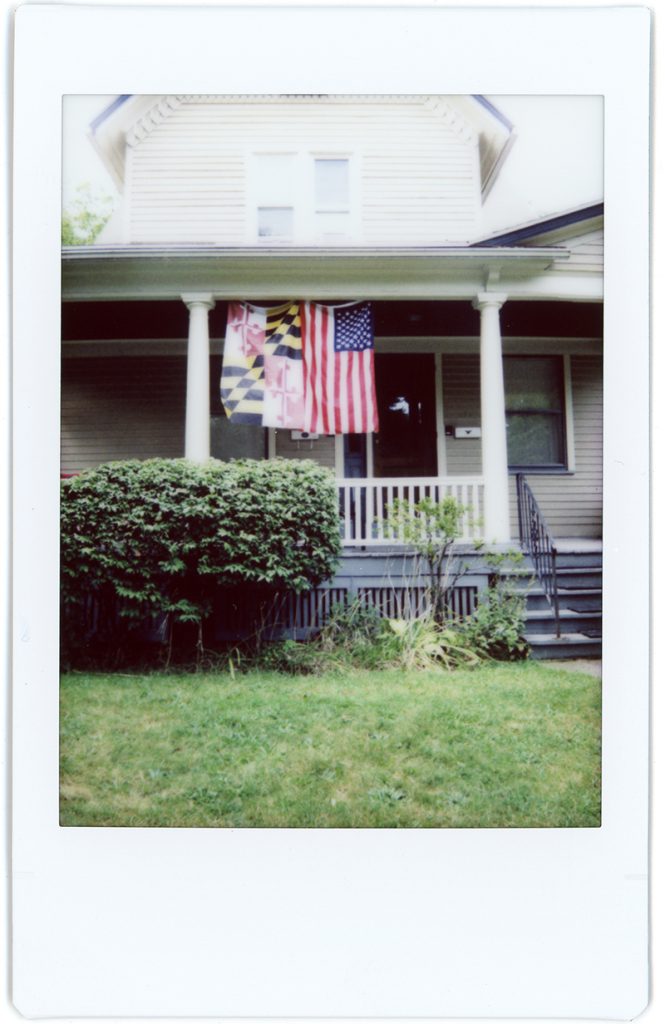
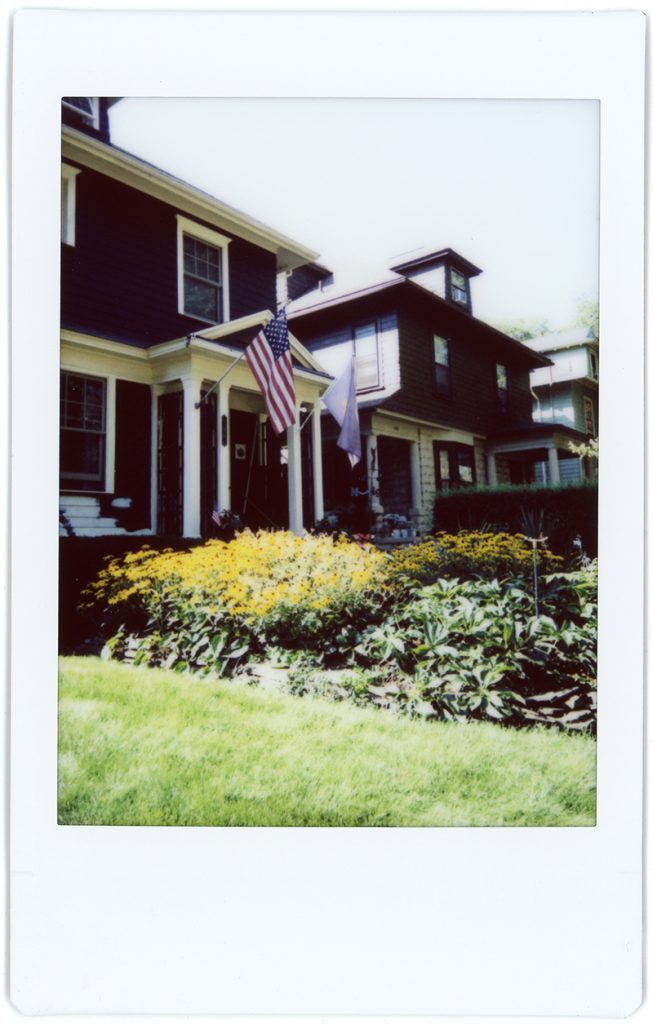

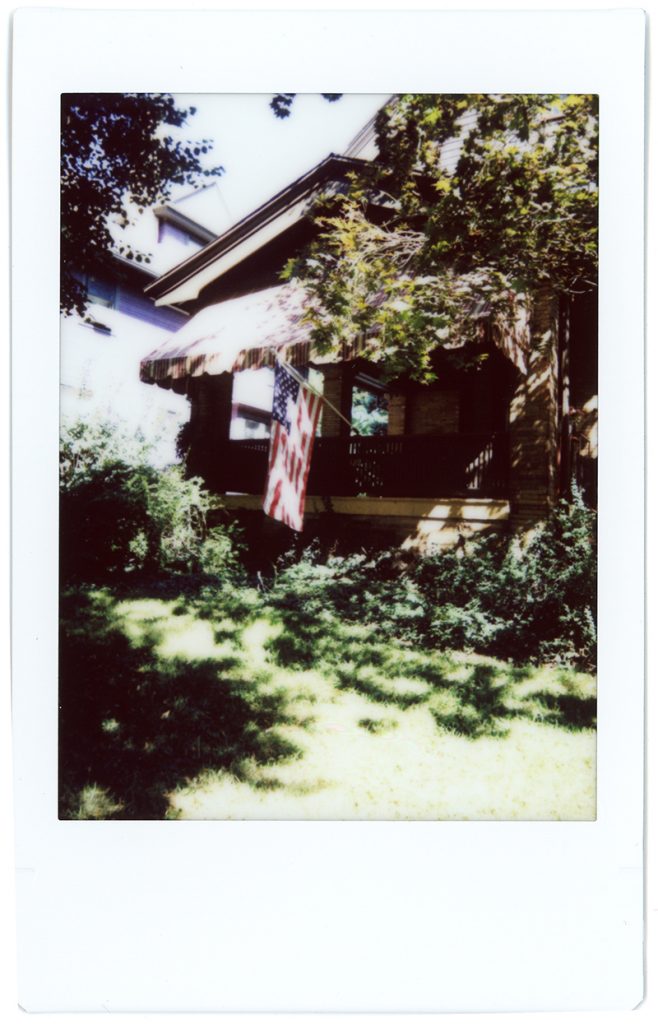






Bio
Citlali Fabián is a Mexican Photographer. She holds a B.A. in Photography from the Universidad Veracruzana and a Certificate in Photographic Preservation and Collection Management from the George Eastman Museum. Her work is focused on the different ways to explore the concept of identity. She develops her projects in film and 19th century processes such as Wet Plate Collodion and Daguerreotype. Her work has been shown in solo and collective exhibitions in Mexico, USA, Germany, Spain and Holland.

